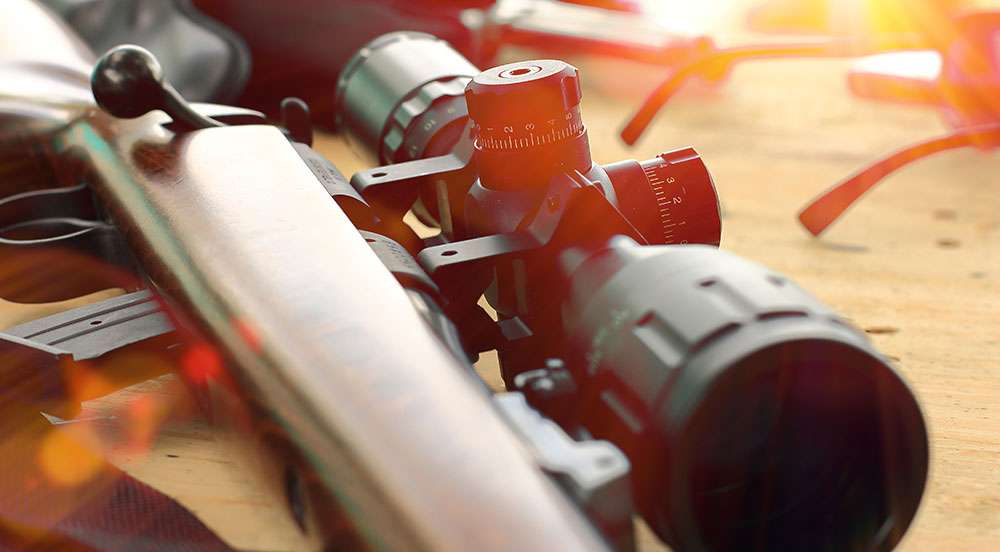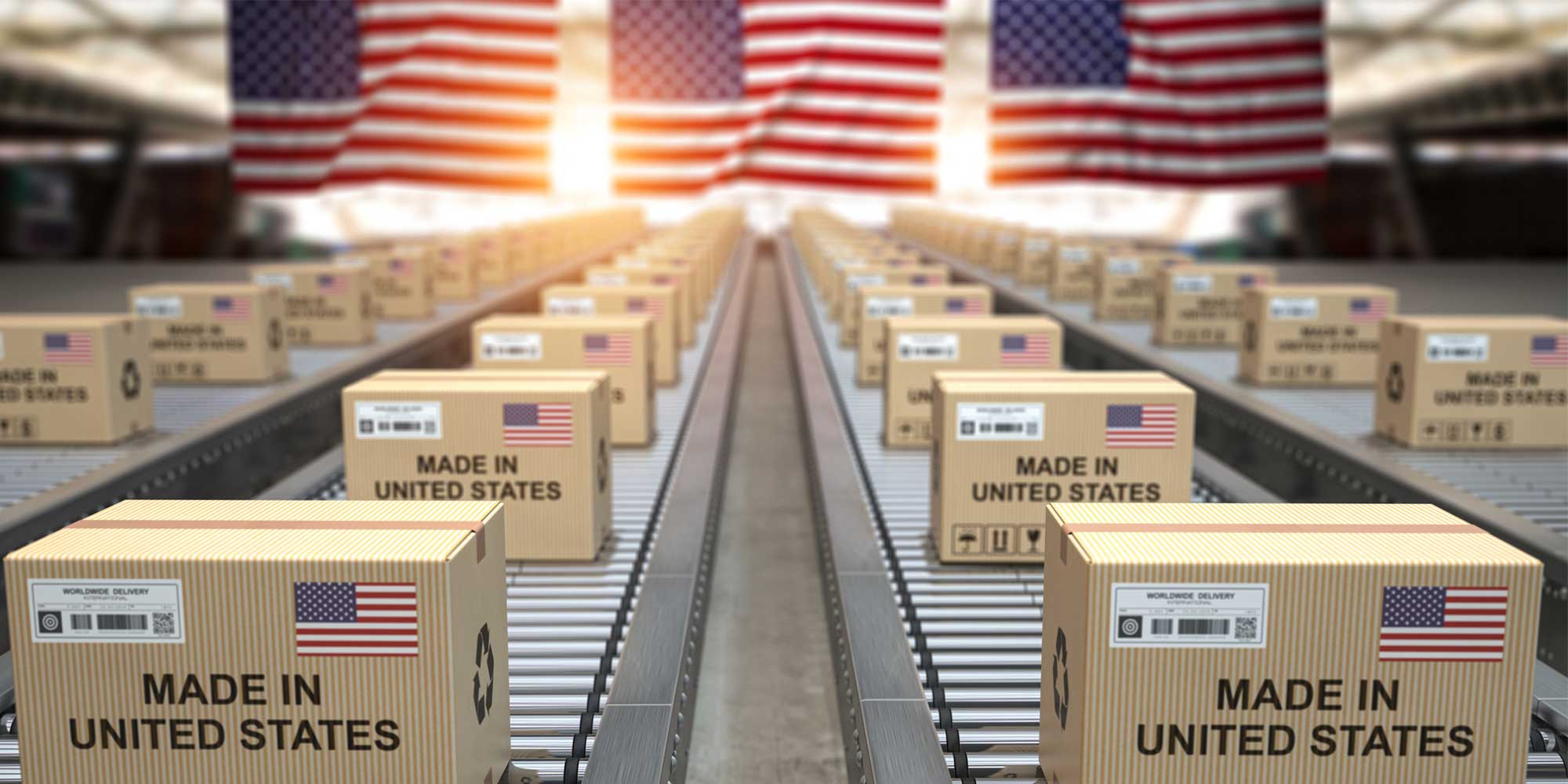You know there are special export regulations for firearms, but did you know that export restrictions also apply to riflescopes and other sighting devices for firearms?
Failure to comply with these regulations when you export sights and scopes can result in seizure, fines and, in some cases, criminal penalties.
To stay out of trouble, here are 5 steps to follow before shipping firearm optics to customers in other countries.
Make Sure You Have The Correct Export Classification
Before you can determine which export requirements apply to an iron sight, fiber-optic, holographic, red dot, laser or other sighting device, you need to know its export classification.
Nearly all firearm sighting devices that are used for sporting purposes are controlled by the Export Administration Regulations (EAR) that are under the jurisdiction of the U.S. Department of Commerce, Bureau of Industry and Security (BIS).
The EAR use a five-character alpha-numeric code (referred to as an ECCN) to classify items for export purposes. The list of classifications is called the Commerce Control List (CCL).
Classifications for sighting devices generally include a one- or two-character subcategory, too.
- Fiber-optic and iron sights are tricky. They may be classified as either EAR99 or 0A501.y.3.
- Most other sights used for sporting purposes are classified as 0A504 and are subcategorized as follows:
- Telescopic sights (0A504.a)
- Holographic sights (0A504.b)
- Reflex or “red dot” sights (0A504.c)
- Reticle sights (0A504.d)
- Other sighting devices that contain optical elements (0A504.e)
- Laser aiming devices or laser illuminators specially designed for use on firearms, and having an operational wavelength exceeding 400 nm but not exceeding 710 nm (0A504.f).
- High-power and precision riflescopes that are specially designed for military use are generally classified as 0A504.i).
- Military-grade night vision and laser devices are classified in Category 6 of the CCL (often referred to as “600 series”) or Category XII of the United States Munitions List (USML) depending on the capabilities and specifications of the device. (The USML is listed in the International Traffic in Arms Regulations (ITAR) which is under the jurisdiction of the Department of State, Directorate of Defense Trade Controls (DDTC)).
 How can you determine the correct export classification for the sighting device you want to export?
How can you determine the correct export classification for the sighting device you want to export?
- If you bought the product from the manufacturer, ask the manufacturer (you may even find it on the manufacturer’s website in the products specs).
- If you are the manufacturer, the EAR allows you to determine the correct classification yourself if the classification is clear.
- If you are not sure which category your product falls under, you can submit a classification request to the Department of Commerce via the Commodity Classification Tracking System (CCATS). If your sighting device was designed for military use, it may be appropriate to submit a classification request to the Department of State via a Commodity Jurisdiction (CJ).
Determine Whether An Export License Is Required
After you know the correct export classification, you can determine whether you need to obtain an export license. If an export license is required, you must obtain it before you ship.
For the sighting devices listed above, here’s how to find out whether you need an export license:
- Fiber-optic and iron sights classified as EAR99 or 0A501.y.3 can be exported to almost every country without an export license. (Note that an AES submission may be required for shipments valued more than $2,500. Click to learn more.).
- There are 30 countries to which you can export telescopic, holographic, reflex, red dot and reticle sight, other sighting devices that contain optical elements, laser aiming devices and laser illuminators — which are classified in ECCN 0A504.a through 0A504.f – without an export license. An approved export license is required for exports to all other countries, including Canada. (You can find a list of the 30 countries at the end of this blog.)
- Exports of high-power and precision riflescopes classified in ECCN 0A504.i always require a BIS export license, regardless of destination.
- Exports of military-grade night vision and laser devices classified in the 600 Series of the EAR require an export license regardless of the destination unless a license exception applies.
- Exports of military-grade night vision and laser devices classified in Category XII of the USML require an export license from the Department of State, Directorate of Defense Trade Controls (DDTC) unless an exemption applies.
BIS license applications are submitted through the Simplified Network Application Process Redesign (SNAP-R). There are exceptions to license requirements that apply in certain instances, such as (i) temporary exports to trade shows, demonstrations and product evaluations and (ii) temporary exports in baggage for personal use while outside the U.S.
When using a license exception to export an optical device without an export license, it is important to comply with all requirements for using the license exception.
They can be quite complicated and failing to meet any one of the requirements can result in an unauthorized export and can lead to seizure of the item(s) and penalties. The EAR license exceptions can be found here.
DDTC license applications are submitted through the Defense Export Control and Compliance System (DECCS).
Be Sure To Satisfy Import Rules In The Destination Country
Import regulations for firearm optics vary by country. Some countries require an import permit. Others do not. Some countries even prohibit certain devices, such as laser pointers or optics shipped with lithium ion batteries.
Be sure to find out from the foreign purchaser what the import requirements are before you ship. Otherwise, the products may be seized by the foreign country’s Customs service.
Know Your Customer
Even if an export license is not required for the country you are shipping to, one may be required for a party involved in the transaction if they are on a restricted or debarred list.
The U.S. Government publishes and regularly updates lists of parties to whom certain exports are not allowed or require special licensing. These prohibitions and restrictions may apply to end users, buyers, brokers, agents, sales representatives, U.S. and foreign freight forwarders, and even banks.
Export.gov has a free Consolidated Screening List which searches against the lists published by the Department of Commerce, Department of State, and Department of Treasury. Alternatively, you can use a fee-based software company that conducts automated screenings against these lists and other lists that are not included in export.gov’s search engine.
Include the Correct Shipping Documents
Incomplete or inaccurate shipping documents can result in the seizure of shipments by U.S. Customs and Border Protection (CBP) on their way out of the U.S. Seizures result in delays, extra expense and possible penalties. Incomplete or inaccurate shipping documents also can create problems for the importer when the goods seek to clear Customs in the receiving country. To learn more, check this post.
Conclusion
Comply with all applicable U.S. export and foreign import regulations to stay out of trouble. Violations can lead to seizures of goods, loss of export privileges, fines, and even criminal penalties. Remember to keep records of all commodity classifications, export licenses, import permits, and restricted party screenings.
Does this all sound too hard? If you sell firearms, parts, accessories, or optics online and want a safe and cost-effective way to export them without making mistakes, EasyExport probably can help. Schedule a call to learn more.





